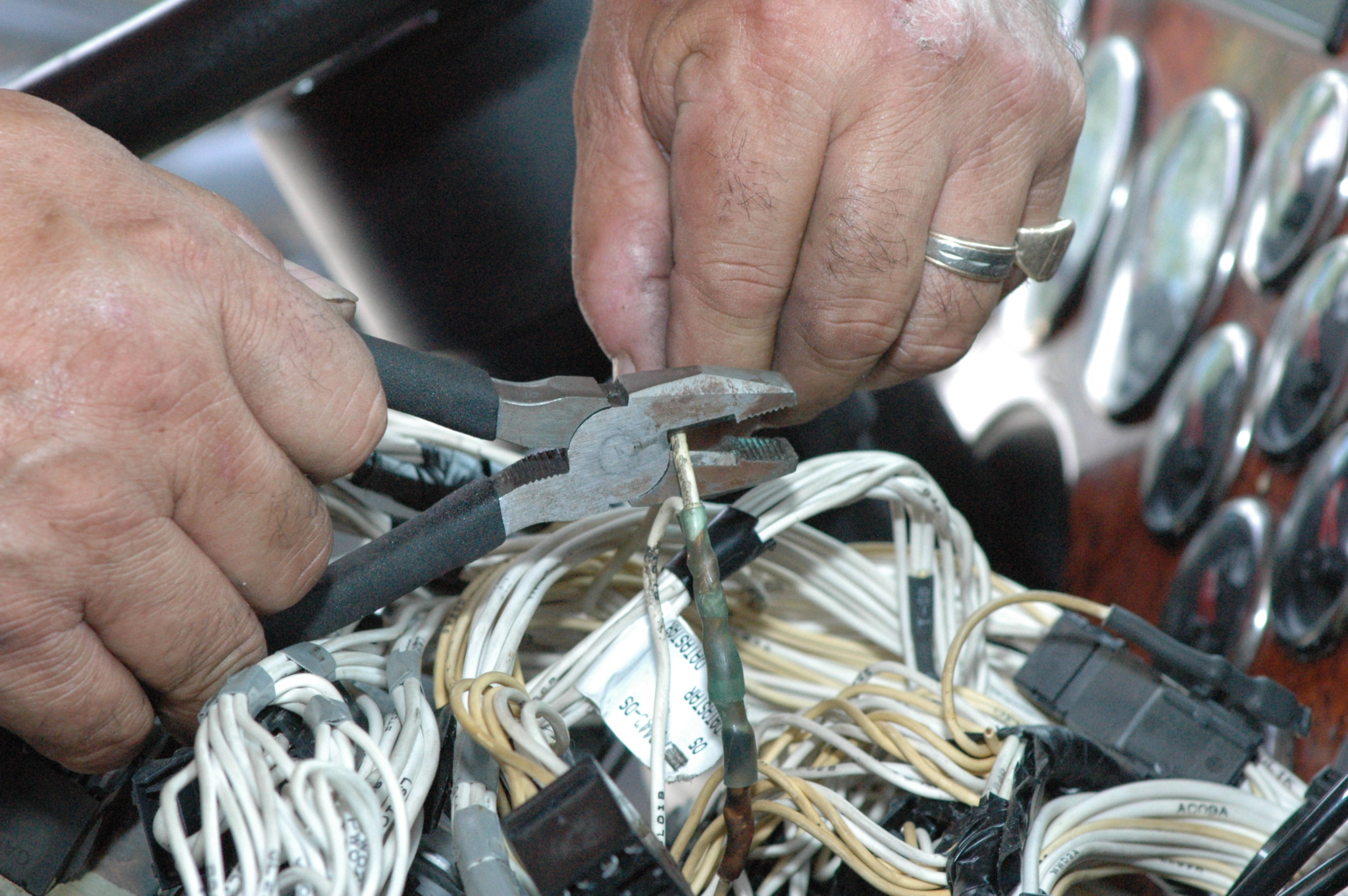Top Tips for Effective Electric System Troubleshooting
Troubleshooting electric systems calls for a systematic method, based in a comprehensive understanding of electrical principles and security methods. The subtleties of effective fixing prolong past mere technological expertise; comprehending exactly how to record findings and focus on safety and security can substantially affect end results.
Understand the Fundamentals
Recognizing the essentials of electric systems is necessary for effective troubleshooting, as a strong foundation enables specialists to identify and resolve issues more efficiently. A comprehensive understanding of electric concepts, such as voltage, present, resistance, and power, is important in determining the source of issues. Voltage is the electric prospective difference that drives current via a circuit, while resistance opposes the circulation of present, impacting the overall functionality of the system.
Familiarity with circuit parts, including resistors, capacitors, diodes, and changes, is likewise paramount. Each element plays a distinctive function in circuit actions and can affect performance when malfunctioning. In addition, comprehending collection and identical circuit configurations is crucial, as these arrangements affect the circulation of voltage and present within the system.
Additionally, expertise of safety and security protocols is important. Professionals must be aware of prospective dangers, such as shock and brief circuits, to apply safe troubleshooting methods. By understanding these fundamental ideas, service technicians boost their ability to carry out efficient diagnostics and fixings, inevitably resulting in boosted efficiency and integrity of electrical systems. This fundamental expertise is the keystone of successful repairing undertakings.
Gather Necessary Tools
Efficient troubleshooting of electrical systems requires the best set of devices to identify and solve issues properly. A fully equipped technician can significantly enhance effectiveness and performance in determining issues. Necessary devices include a multimeter, which determines voltage, current, and resistance, enabling specific evaluations of electric parts. Clamp meters are also beneficial for measuring current without separating the circuit, making certain security and benefit.
In addition, protected hand devices such as screwdrivers, pliers, and cord pole dancers are essential for securely controling electric connections. It is additionally recommended to have a circuit tester on hand to confirm the visibility of voltage in outlets and cables. For more facility systems, a thermal imaging camera can aid discover overheating parts, indicating prospective failures.

Follow an Organized Technique
Having gathered the appropriate devices, the next action in fixing electric systems is to adhere to an organized strategy. A systematic approach guarantees that service technicians can determine faults effectively and properly, minimizing downtime and preventing unnecessary fixings.
Begin by evaluating the system's schematic diagrams and specifications. This entails checking each component methodically, starting from the power source and functioning towards the lots.
Use testing tools, such as multimeters and oscilloscopes, to collect objective data regarding voltage, current, and resistance at numerous factors within the system. This empirical evidence will certainly direct your troubleshooting initiatives and assist to confirm or get rid of potential root causes of failure.
Additionally, think about environmental variables that might influence the system's efficiency, such as temperature variations or moisture access. A detailed inspection of electrical wiring, connections, and elements will certainly make sure that all opportunities are represented.
Paper Your Findings
Complete paperwork is necessary in the repairing procedure of electric systems. Exact documents improve the effectiveness of determining persisting concerns and help with communication among team participants. Each finding must be meticulously noted, consisting of symptoms observed, tests conducted, and the end results of those tests. electrical system troubleshooting. This technique not just aids in recognizing the origin of the issue yet likewise offers as a referral for future troubleshooting efforts.

Additionally, keeping a log of components replaced or repairs performed is important. This information sustains supply administration and can help assess the durability and reliability of details components.
Ultimately, the paperwork process need to be complete yet concise, enabling simple retrieval and testimonial - electrical system troubleshooting. By focusing on comprehensive paperwork, specialists can create a useful data base that not just help in present troubleshooting yet likewise empowers future upkeep initiatives, consequently improving general system dependability

Prioritize Precaution
Identifying the fundamental threats connected with electric systems is important for making certain safety throughout troubleshooting. Electric shock, burns, and equipment damages are simply a few of the potential dangers that technicians deal with. Focusing on precaution is not just a lawful commitment however additionally an ethical crucial that safeguards both the technician and the surrounding atmosphere.
Before starting any more info here kind of troubleshooting job, specialists must put on appropriate individual safety equipment (PPE), including protected handwear covers, shatterproof glass, and flame-resistant clothing. Guaranteeing that the work area is completely dry and without clutter can considerably minimize the threat of crashes. It is vital to de-energize circuits prior to beginning any job, confirming that they are not live with the use of a multimeter or voltage tester.
Establishing clear communication protocols with staff member is also important; this guarantees mechanical system optimisation support that everyone understands potential hazards and the status of the electric system being worked with. Finally, having an emergency situation action plan in place can prove important in the event of an incident. By focusing on precaution, service technicians can efficiently mitigate threats and cultivate a much safer workplace.
Verdict
Efficient electrical system repairing relies upon a comprehensive understanding of basic principles and a methodical technique. By gathering crucial devices, adhering to methodical analysis methods, and meticulously recording findings, the repairing process comes to be much more effective and trusted. Focusing on security actions makes sure the well-being of people entailed and the stability of the electric system. Implementing these methods will improve the troubleshooting experience, causing quicker resolutions and boosted operational performance in electric systems.